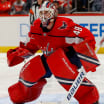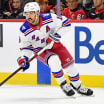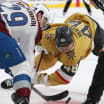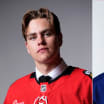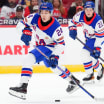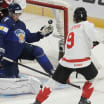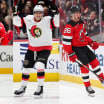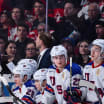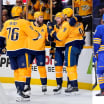VANCOUVER -- The routine is the same every time Connor Hellebuyck sets up for a face-off in the Winnipeg Jets end: Starting from the middle of the net, he centers himself to the dot, sets his feet from an upright posture, and lowers into his stance with his hands pushed forward and stick raised, finally tapping the blade down to the ice as the puck is dropped.
Goalies increasingly go to narrow stance, upright posture
Red Wings' Howard says 'you are just freer to move ... can hinge better'
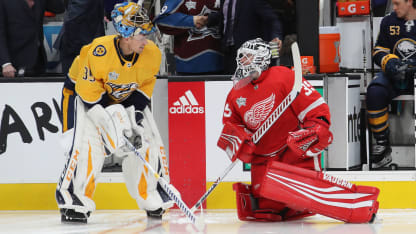
© Bruce Bennett/Getty Images
DET@VAN: Markstrom denies Athanasiou's rebound try
FLA@DET: Howard denies Dadonov's tip-in try
NSH@COL: Rinne makes pad save on Nieto's penalty shot

